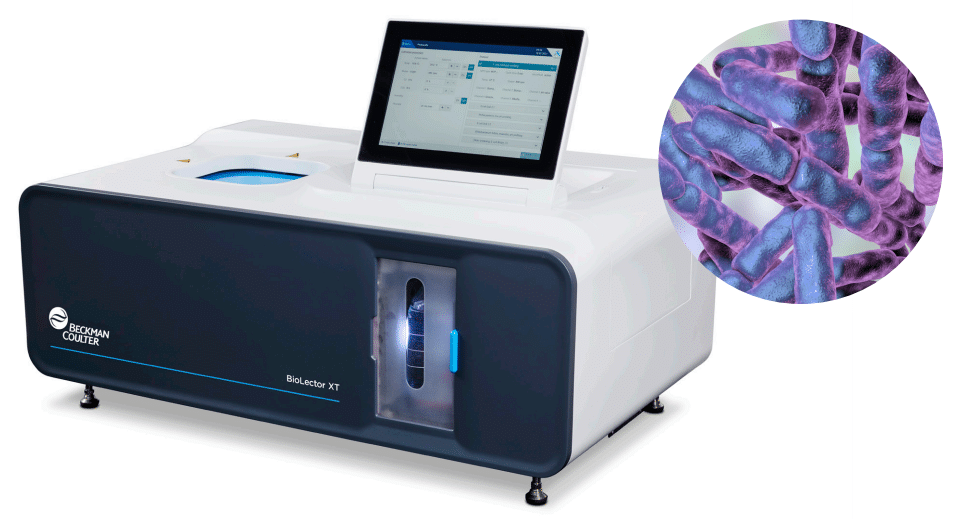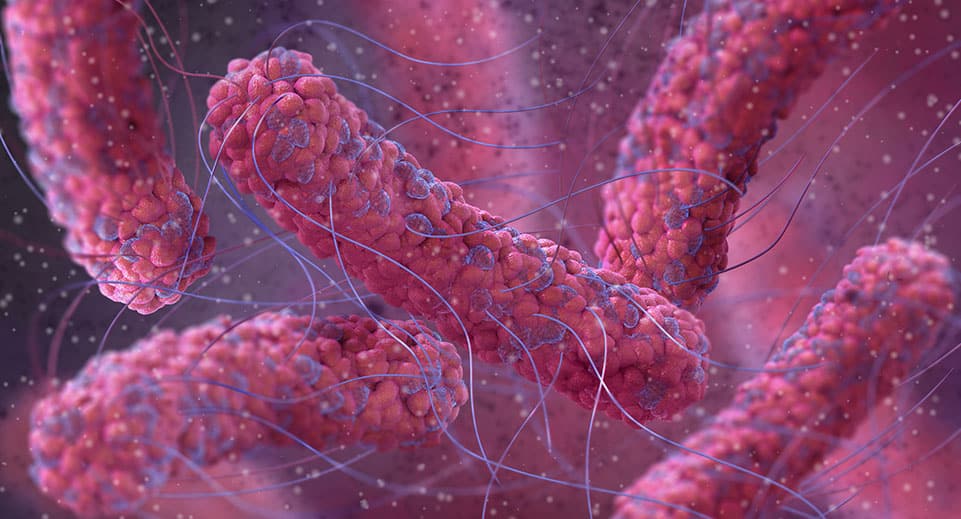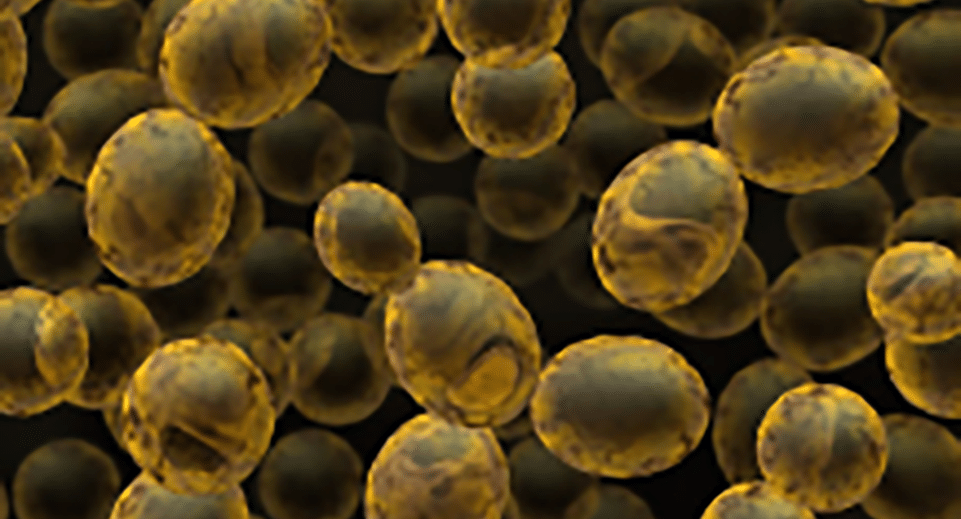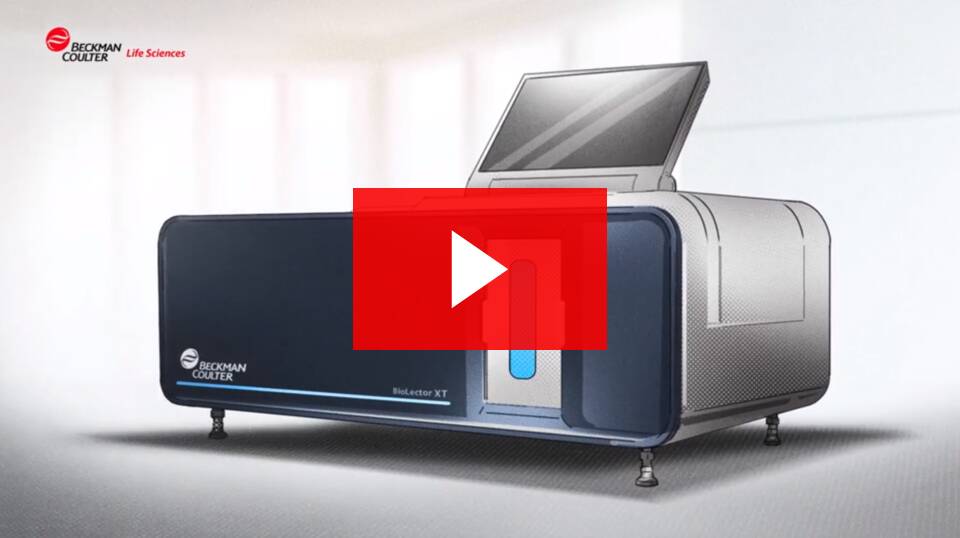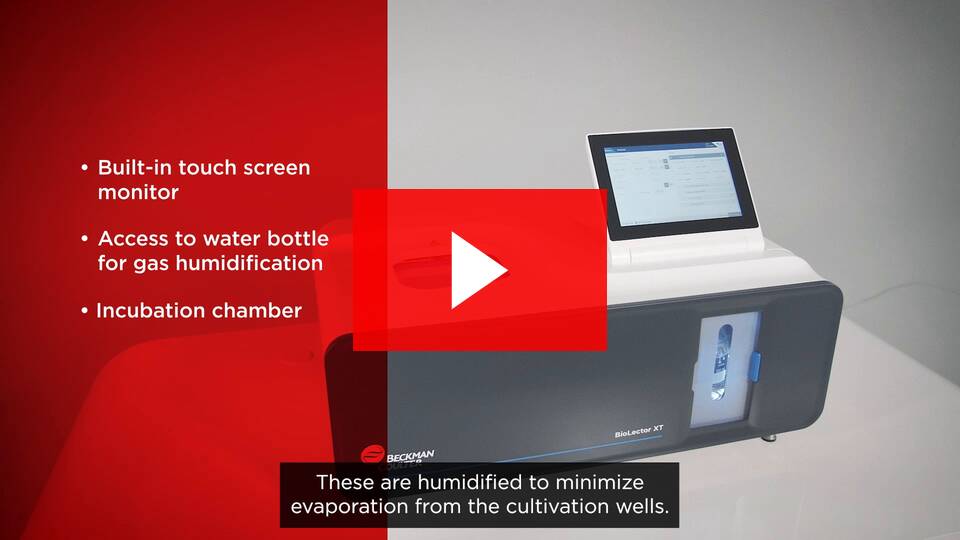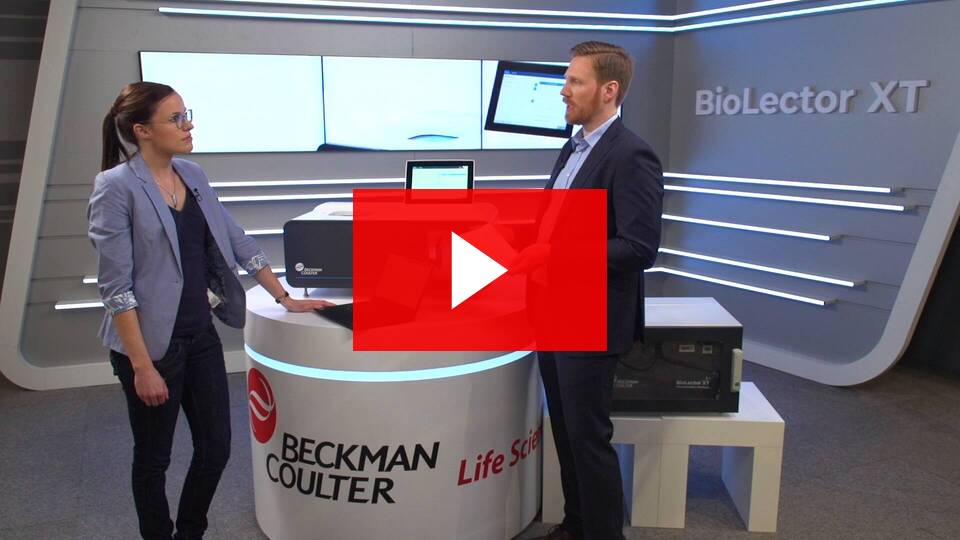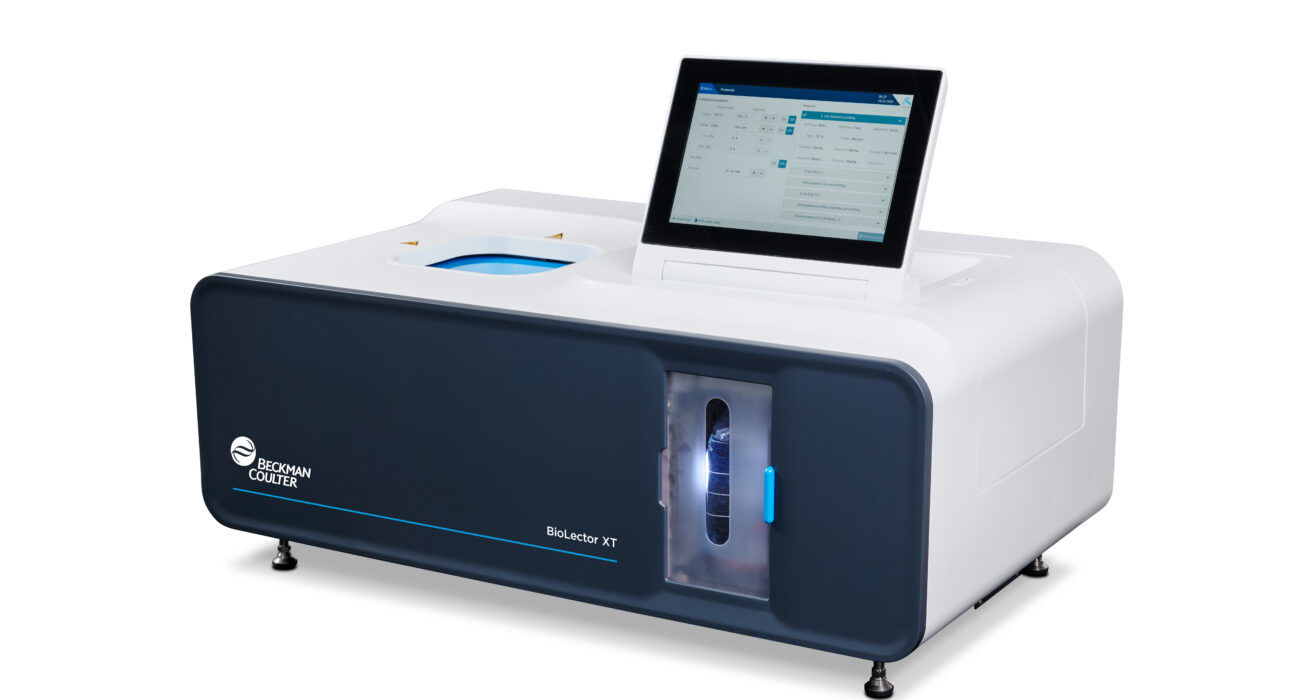
BioLector XT Microbioreactor
High-throughput microbioreactor enables real-time evaluation of biomass, fluorescence, pH, dissolved oxygen in the liquid phase (DO), and other key cultivation parameters for aerobes and anaerobes.
Building on trusted BioLector Pro technology, the BioLector XT microbioreactor is based on a standard ANSI/SLAS (SBS) microtiter plate (MTP) format, and operates with online, pre-calibrated optical sensors. Disposable 48 well MTPs enable online measurement of cultivation parameters, while patented microfluidic technology supports simultaneous pH control and feeding. The optional microfluidic module eliminates manual liquid handling—no tubing or pipetting required, as everything is part of the beta-radiated ready-to-use plate.
Meritics are proud to partner with Beckman Coulter Life Sciences by hosting the UK demonstration unit of the BioLector XT microbioreactor at our premises. Extensive experience within the UK biologics sector and highly rated application and laboratory personnel makes Meritics the ideal partner to showcase the BioLector XT microbioreactor and its real-world applications.
Learn more about the BioLector XT microbioreactor:
BioLector XT microbioreactor Applications
BioLector XT microbioreactor Video Gallery
In this video series, you can learn more about the BioLector XT microbioreactor to accelerate your bioprocess development — allowing you to spend more valuable time on other tasks.
BioLector XT Microbioreactor Modules
The microfluidic (MF) module for the BioLector XT microbioreactor allows you to run up to 32 highly flexible, pH-controlled fed-batch cultivations in microscale during one cultivation experiment run.
The ready-to-use MF microtiter plate (MTP) is filled and sealed with a foil inside a biosafety cabinet. Afterwards, the BioLector XT gassing lid is placed atop the plate, sealing the MTP against potential risks of contamination. The plate-lid combination is now protected from the outer environment and can be carried to the BioLector instrument, maintaining sterility inside.
After placing the plate-lid combination inside the microbioreactor, both are connected via gas tubing. During cultivation, the feed and pH control are maintained and controlled well-specifically for every individual cultivation. The new BioLection software allows for easy and user-friendly setup of process-oriented fed-batch profiles, that can be freely combined as necessary.
Independent of the MF module all standard features of the microbioreactor remain unchanged. Additionally, the instrument can be equipped with any or all other BioLector XT gassing modules, all of which can be used in combination with the MF module.
The anaerobic module for the BioLector XT microbioreactor enables strict anaerobic fermentation processes combined with a controlled, low nitrogen gas flow rate. This enables you to run cultivations under the exclusion of oxygen without the need of placing the instrument itself in an artificial atmosphere.
The microtiter plate (MTP) is filled and sealed with a foil inside an anaerobic bench. Afterwards, the BioLector XT gassing lid is placed atop the plate, sealing the MTP tightly against incoming gas. The plate-lid combination is now protected from the outer environment and can be carried to the BioLector instrument, maintaining the anaerobic conditions inside.
After placing the plate-lid combination inside the microbioreactor, both are connected via gas tubing. During fermentation, a continuous flow of nitrogen through the MTP-lid headspace is maintained. Therefore, any exposure to oxygen is prevented, providing a constant anaerobic environment.
Independent of the anaerobic module all standard features of the microbioreactor remain unchanged. In addition, the instrument can be equipped with any or all other BioLector XT modules at the same time.
With the CO2 up-regulation module the microbioreactor continuously measures the CO2 level inside the chamber and automatically regulates the flow of CO2 into the chamber.
For cultivations under CO2-controlled conditions the BioLector microbioreactor system is equipped with a special CO2 up-regulation module. This module consists of an additional gas connection for CO2 on the back side of the BioLector and a CO2 sensor inside the cultivation chamber.
The sensor continuously measures the CO2 level inside the chamber and automatically regulates the flow of CO2 into the chamber. In this way, a CO2 level between 0 % and 10 % can be generated in the chamber. Independent of the additional module, all of the microbioreactor’s standard features remain unchanged.
Up to three additional fluorescence modules can be added to the standard filters for biomass, pH, and DO. In total, six different modules fit into the system.
With the LED / filter module, the microbioreactor can measure additional fluorescences. An LED unit and two optical filter glasses are installed inside the BioLector microbioreactor.
For the measurement of emission and excitation wavelength, the BioLector microbioreactor system is equipped with a special LED / filter module. The wavelengths are freely selectable between 365 nm and 800 nm.
A new generation of low pH optodes measure the pH value in a range of 4-6.
Independent of the additional module, all of the microbioreactor’s standard features remain unchanged.
Up to three additional fluorescence modules can be added to the standard filters for biomass, pH, and DO. In total, six different modules fit into the system.
With the O2 down-regulation module the microbioreactor continuously measures the oxygen level inside the chamber and automatically regulates the flow of nitrogen into the chamber.
For fermentation under microaerophilic conditions, the BioLector microbioreactor system is equipped with a special O2 down-regulation module. It consists of an additional gas connection for nitrogen on the backside of the BioLector and an oxygen sensor inside the cultivation chamber.
The sensor continuously measures the oxygen level inside the chamber and automatically regulates the flow of nitrogen into the chamber. In this way, an oxygen level between 2 % and 21 % can be generated in the chamber.
Independent of the additional module, all standard features of the microbioreactor remain unchanged.
Up to three additional fluorescence modules can be added to the standard filters for biomass, pH, and DO. In total, six different modules fit into the system.
With the O2 up-regulation module the microbioreactor continuously measures the oxygen level inside the chamber and automatically regulates the flow of oxygen into the chamber.
For fermentation with O2-enriched air, the BioLector system is equipped with a special O2 up-regulation module. It consists of an additional gas connection for oxygen on the back side of the BioLector, as well as an oxygen sensor inside the cultivation chamber.
The sensor continuously measures the oxygen level inside the chamber and automatically regulates the flow of oxygen into the chamber. In this way, an oxygen level between 21% and 35% can be generated in the chamber.
Independent of the additional module all standard features of the microbioreactor remain unchanged.
Up to three additional fluorescence modules can be added to the standard filters for biomass, pH, and DO. In total, six different modules fit into the system.
© 2023 Beckman Coulter, Inc. All rights reserved. Beckman Coulter, the stylized logo and the Beckman Coulter product and service marks mentioned herein are trademarks or registered trademarks of Beckman Coulter, Inc. in the United States and other countries. All other trademarks are the property of their respective owners.

